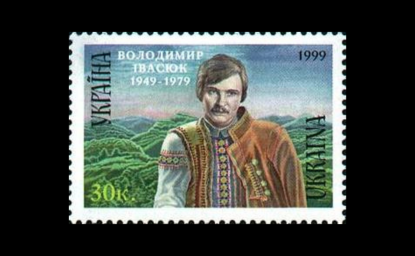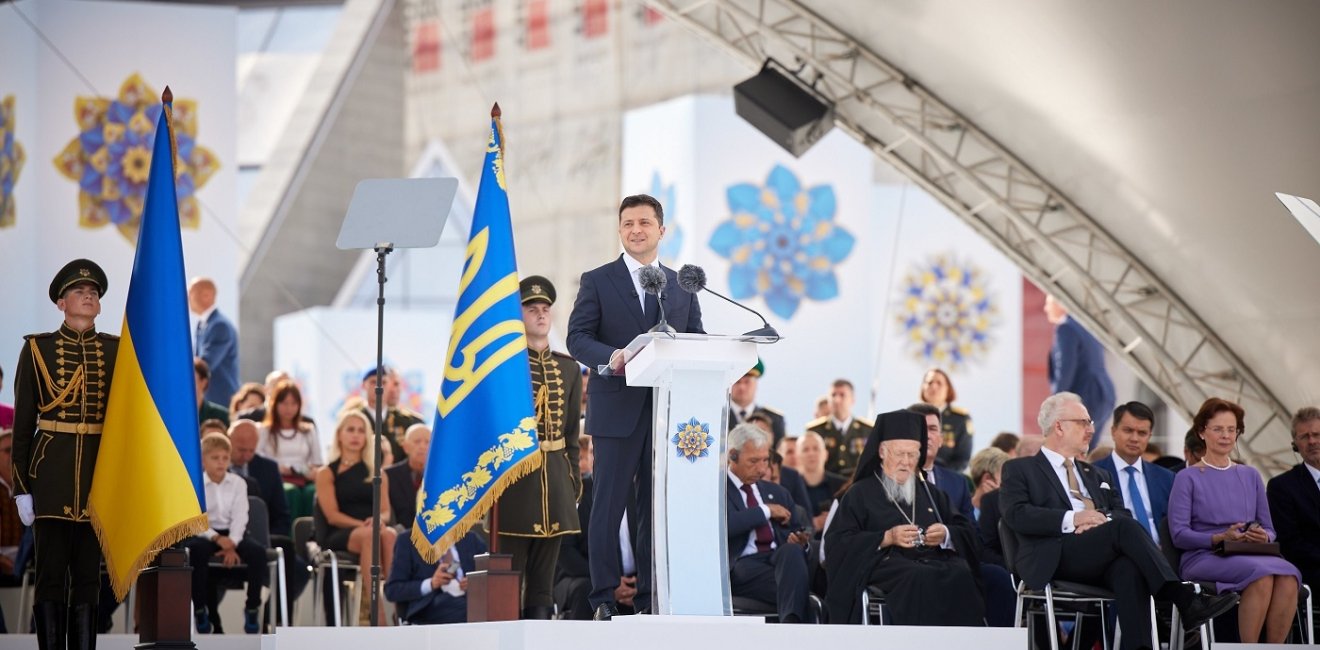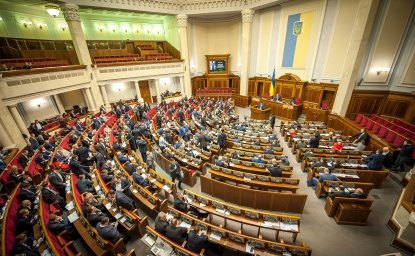
A blog of the Kennan Institute
On August 24, 2024, Ukrainians marked their thirty-third Independence Day. Political tradition dictates that on that day, the president delivers a special speech, a message that takes its cue from Taras Shevchenko’s poem, “To the Dead, the Living, and the Unborn.”
These speeches are usually short but include the president’s personal take on the current situation, linking it to the country’s history, and an inspiring look into the nation’s future prospects as seen from the presidential chair atop the Pechersk Hills (the Kyiv area where most of the power institutes are headquartered). Typically, the presidents and their speechwriters try to spice up these speeches with hints at the nation’s destiny.
For all these reasons, each such speech is an ideological performance and a milestone that allows tracing the arc of each presidency.
This year, Volodymyr Zelensky delivered his sixth Independence Day presidential speech, a rare achievement in Ukraine’s history. It was a remarkable performance that shed light on his presidential path. Here I look back at all of Zelensky’s presidential speeches and show how his presidency and Ukraine have evolved over the past five years.
2019
A young, lonely, and somewhat insecure-looking Volodymyr Zelensky starts his speech thanking the soldiers on the Donbas front. He confesses that his daily routine starts with “an SMS from General Staff” on the frontline situation and losses.
Then he recalls the thousand years of Ukraine’s existence, from Kyivan Rus’ to the Cossacks to the UN founding to Sergei Korolev’s space projects to the activities of Ukrainian anti-Soviet dissidents, “who paved the path to independence.”
He addresses the young generation, born in independent Ukraine. He voices his expectation that youth will be the champion of the country’s democracy and European future.
He recalls prewar Ukraine, when people came together around achievements in sports, business, pop culture, and space travel.
Then he turns to the Euromaidan and the start of the war in 2014. The need to defend the country has taught Ukrainians a new meaning of unity, he says.
His address ends with intimate words of love for Ukraine and pain for the losses the country and its people have sustained during the five-year-long war. He looks forward to peacetime, when his daily SMS report might bring news of how many kids are being born in Ukraine.
2020
A serious, self-assured man standing near his team on Sophia Square on August 29 starts his Independence Day speech for “the citizens of Ukraine” with the statement that his daily SMS report included zero losses in the Donbas.
He mentions the historical significance of the square, where Yaroslav the Wise won over the Pechenegs, where Ukraine’s Unity Act was announced in 1919, and from where the Nazis were kicked out in 1943. Speaking at this notable site, he continues the tradition of celebrating Ukraine’s independence, together with 65 million ethnic Ukrainians around the globe.
The COVID-19 pandemic has hit Ukraine hard, and president refers to the need to care about the health of all Ukrainians.
Then he urges unity in the face of growing political tensions. He calls on his audience to “love Ukraine together” and stop competing over “who loves her more.” He extends this call to those living in Donetsk and Crimea in the hope that these communities will rejoin Ukraine in future.
He promises to build a Ukraine for all—for those who live in the country and outside it, and in each region and each profession.
He ends his speech with a strong call for national unity around the project of Ukraine’s dream.
2021
A wiser, almost smiling man starts his address with unusual pomp. To an audience of “ladies and gentlemen, brothers, partners, and friends,” he recalls that the day marks the thirtieth anniversary of Ukraine’s independence, of the “renewal of its statehood” and the establishment of the Ukrainian Armed Forces. It is also the twenty-fifth anniversary of the Ukrainian currency and constitution, he notes. He concludes this part of his speech with the words: “We are a young country with a thousand-year history. We are building our home on the land where our ancestors lived and created… We are the descendants of a powerful country that was the center of Europe.”
Then he turns to his new ideology and to memory politics. Kyiv is the city of origin of Orthodox Christianity, the Church Slavonic tongue, and the Ukrainian language. He promises to repatriate to Ukraine the remains of the historical Ukrainian heroes who were not buried on its territory. He promises to fight for each piece of history and each historical person, and not to allow “anyone to annex them ever again.”
He reports that Ukraine is building a new army and naval fleet, new bases and weapons stockpiles, new roads and new digital services. He also reports on taking away MPs’ immunity, hinting on his readiness to punish corruption and treason.
Then he promises to lead Ukraine to membership in NATO and the EU, and to return Donbas and the Crimea to Ukrainian control in the foreseeable future.
He ends by describing the Ukrainian populace as a multiethnic “national team” and bilingual “family” that can defend its country. And he calls for a moment of silence in memory of the fallen soldiers.
2022
An aged and tired man in a military t-shirt standing among broken-down armored vehicles speaks to “the free people of independent Ukraine.” He states that after six months of the big war, Ukrainians remain resilient and strong people.
He assures his listeners that now every Ukrainian knows who is who: who is an enemy, a friend, a partner. And the world knows who Ukrainians are: they are people that none would ever again refer to as “living near Russia.” He believes that Ukrainians “have given humanity a new hope that justice has not left our cynical world for good,” and that this humanity has forced politicians around the world to support Ukraine.
He explains that the Ukrainian resistance to Russian invaders is a “new referendum” affirming independence. And the votes in this referendum are divided between those who “left for Monaco” and those who “stayed to defend Mariupol.”
He explains his change of strategy: “We used to say peace. Now we say victory.” He promises no more talks, only a struggle for final victory.
He ends by stating that now the national unity in Ukraine is around the fight, the independence, and the victory.
2023
An even more aged and tired-looking man in a military vyshyvanka, flanked by a patriotic poster, looks directly into the eyes of the viewer. This man speaks to the “entire Ukrainian people.”
The struggle goes on the battlefield and in each small act of resistance, he says. He thanks each warrior, each warrior’s family, each teacher and doctor, each volunteer, each supporter of Ukraine. He urges remembering each person who has given his or her life for the cause of independent Ukraine.
He ends his short address by thanking each victim of the war and everyone who continues in the resistance.
2024
An aged but energetic man standing among the dunes on the border of Russia’s Kursk oblast speaks to “the dear people.”
Ukrainians “always pay their debts,” he says. And: “Those who want to sow evil on our land will reap its fruits on their own territory.” Russia that marched on Ukraine across this very border now sees the war brought home to its own territory. He refers to Vladimir Putin as a “sick old man” with “faded eyes” who brought down war on his “orcs” from “the swamps.”
He promises that Ukraine will surprise the world with victory. And he thanks each person who has stood with Ukraine during all 913 days of fighting.
Every Ukrainian now knows what independence is, he says. He predicts that Ukraine will be free and the enemy will be punished soon.
Zelensky’s presidency has indeed seen different periods during his tenure. But these speeches demonstrate well how all those different periods mesh in a forward-looking account of destiny, his and the Ukrainians’.
The opinions expressed in this article are those solely of the author and do not reflect the views of the Kennan Institute.
Author
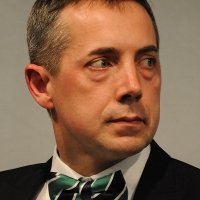

Kennan Institute
After more than 50 years as a vital part of the Wilson Center legacy, the Kennan Institute has become an independent think tank. You can find the current website for the Kennan Institute at kennaninstitute.org. Please look for future announcements about partnership activities between the Wilson Center and the Kennan Institute at Wilson Center Press Room. The Kennan Institute is the premier US center for advanced research on Eurasia and the oldest and largest regional program at the Woodrow Wilson International Center for Scholars. The Kennan Institute is committed to improving American understanding of Russia, Ukraine, Central Asia, the South Caucasus, and the surrounding region through research and exchange. Read more

Explore More in Focus Ukraine
Browse Focus Ukraine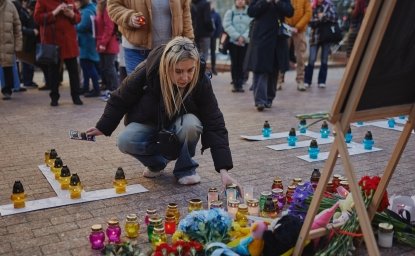
Talking to the Dead to Heal the Living
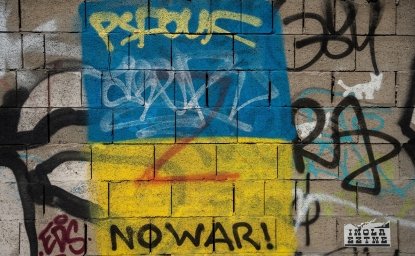
Ukrainian Issue in Polish Elections
